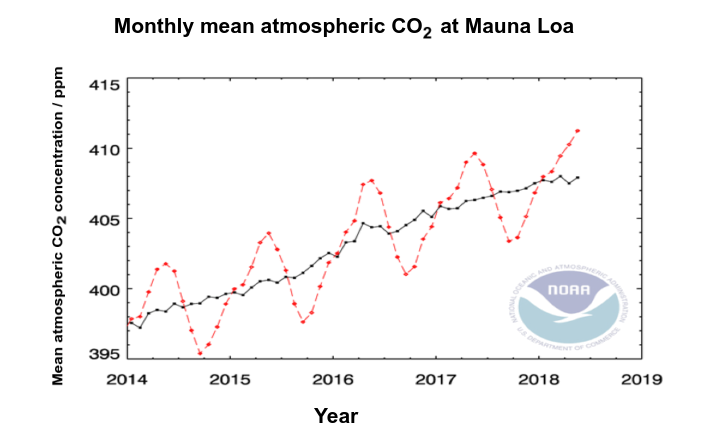 Greenhouse gases in the atmosphere, including water vapour, carbon dioxide, methane, and nitrogen oxide, absorb heat energy, keeping Earth’s surface and lower atmosphere warm. Through increased burning of fossil fuels humans are adding more greenhouse gases to the atmosphere, enhancing the greenhouse effect, making the Earth’s atmosphere warmer, changing the climate and damaging marine life like coral. This topic covers the basics of climate change.
Greenhouse gases in the atmosphere, including water vapour, carbon dioxide, methane, and nitrogen oxide, absorb heat energy, keeping Earth’s surface and lower atmosphere warm. Through increased burning of fossil fuels humans are adding more greenhouse gases to the atmosphere, enhancing the greenhouse effect, making the Earth’s atmosphere warmer, changing the climate and damaging marine life like coral. This topic covers the basics of climate change.Learn and test your biological vocabulary for 4.4 Climate change using these flashcards
These slides summarise the essential understanding and skills in this topic.
They contain short explanations in text and images - good revision for all students.
Read the slides and look up any words or details you find difficult to understand.
Summary list for topic 4.4 Climate change
- Details of the carbon cycle are assumed (from 4.3)

- In aquatic ecosystems carbon is present as dissolved carbon dioxide and hydrogen carbonate ions.
- Details of the Greenhouse effect are assumed.
- Carbon dioxide and water vapour are the most significant greenhouse gases.
- Other gases including methane and nitrogen oxides have less impact.
- The impact of a gas depends on its ability to absorb long wave radiation and its concentration in the atmosphere.
- Global temperatures and climate patterns are influenced by concentrations of greenhouse gases.
- There is a correlation between rising atmospheric concentrations of carbon dioxide since the start of the industrial revolution 200 years ago and average global temperatures.
- Recent increases in atmospheric carbon dioxide are largely due to increases in the combustion of fossilized organic matter.
Skills (can you ....)
- Apply understanding to the threat to coral reefs from increasing concentrations of dissolved carbon dioxide.
- Use correlations from data to justify your arguments.
- Evaluate claims that human activities are not causing climate change
Mindmaps
These diagram summaries cover the main sections of topic 4.4 Climate change.
Study them and draw your own list or concept map, from memory if you can.
Exam style question about climate change
Describing and explaining the evidence for climate change is an important skill from this topic.
Answer the question below, on a piece of paper, then check your answer against the model answer below.
The graph below shows data about the extent of arctic sea ice in recent years.
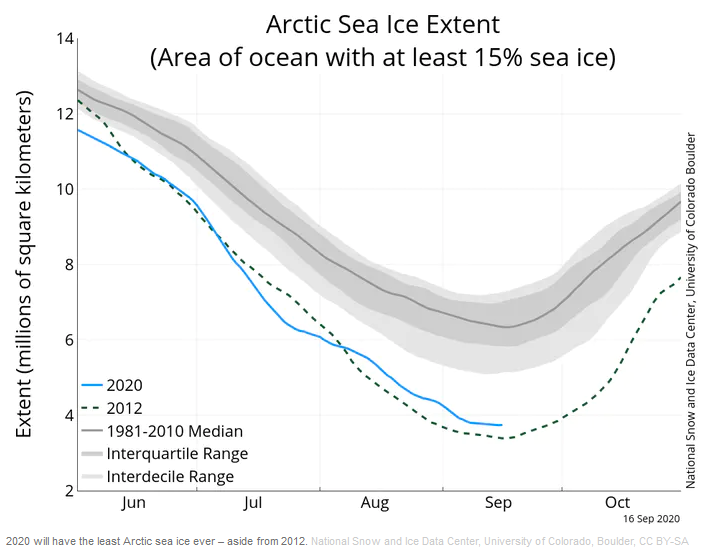
Compare and contrast the extent of sea ice between the 1981-2010 median, 2012 and 2020. [4]
....................................................................................... ............................................................................
....................................................................................... ............................................................................
....................................................................................... ............................................................................
....................................................................................... ............................................................................
New research has recently suggested that a 'heat blob' of warm ocean water warms the ice from below, all year-round and that this influence has more than doubled over the past decade. It is thought to be melting almost a metre thickness of sea ice each year.
Suggest with a reason whether the data from this graph provides evidence for the effect of the "heat blob" on the arctic sea ice over the last ten years. [2]
....................................................................................... ............................................................................
....................................................................................... ............................................................................
Click the + icon to see a model answer.
Drag and drop activities
Test your ability to construct biological explanations using the drag and drop questions below.
International cooperation to tackle climate change is a concept addressed in International mindedness and can be examined.
Drag and drop the correct word into the gap to outline this concept.
legislation Greenhouse currents ozone reduce temperature acidity world methane combustion
gases such as carbon dioxide and are produced by and methanogenesis in the local environment.
Local may have an effect on greenhouse gas production in a particular area but international cooperation is needed to emissions because gases released locally into the atmosphere can travel in winds and air affecting climates all over the and increasing ocean .
Nutrient cycles that have a gaseous component affect the atmosphere worldwide as the gaseous component can travel in the atmosphere.
Test yourself - multiple choice questions
This is a self marking quiz containing questions covering the topic outlined above.
Try the questions to check your understanding.
START QUIZ!
Everyone needs a bit of fun while they revise. Try this Climate change word-shoot revision game.
How much of Climate change 4.4 have you understood?














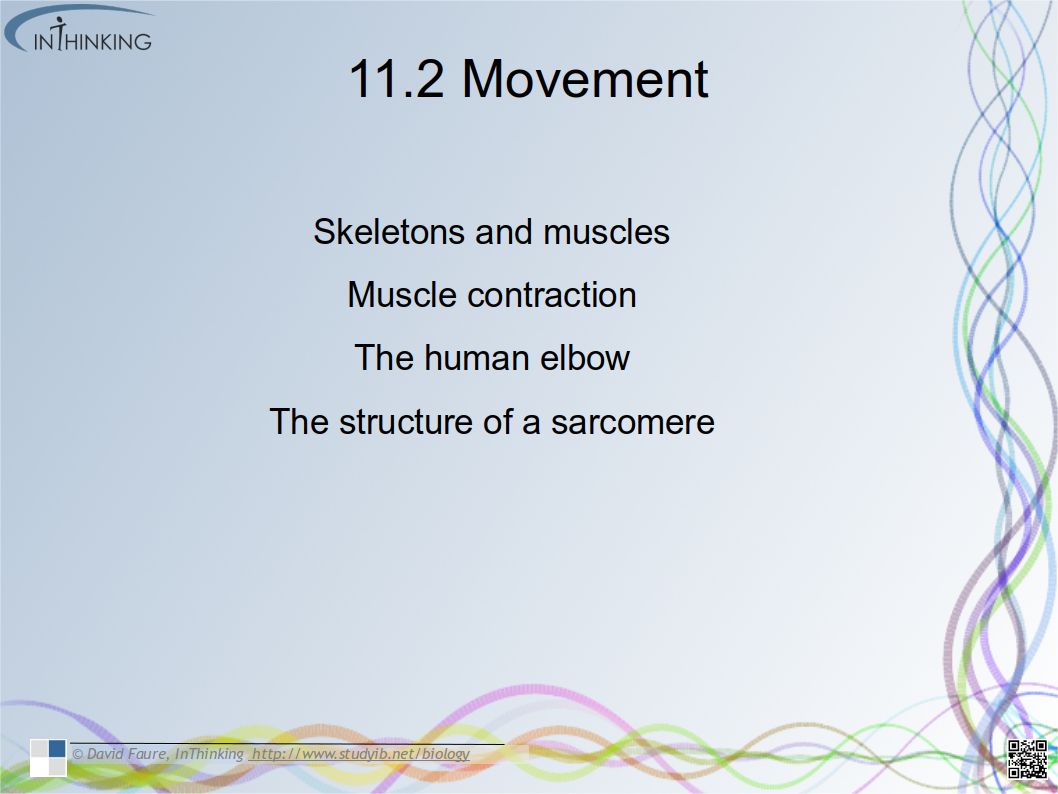
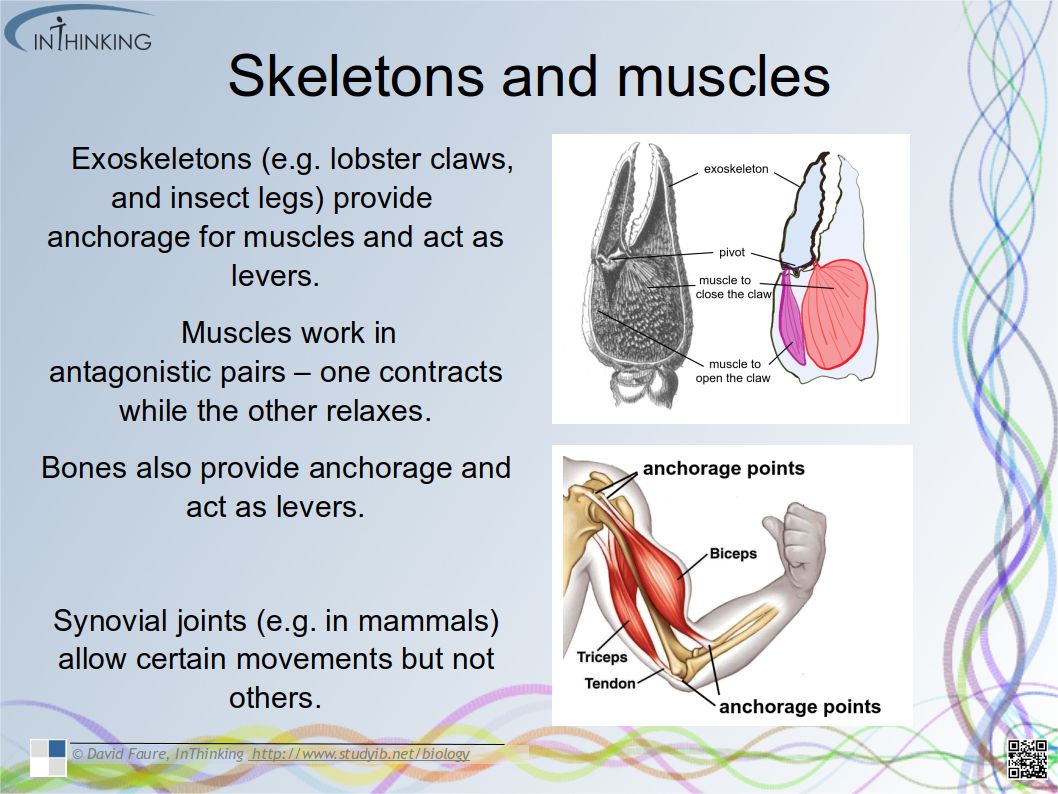
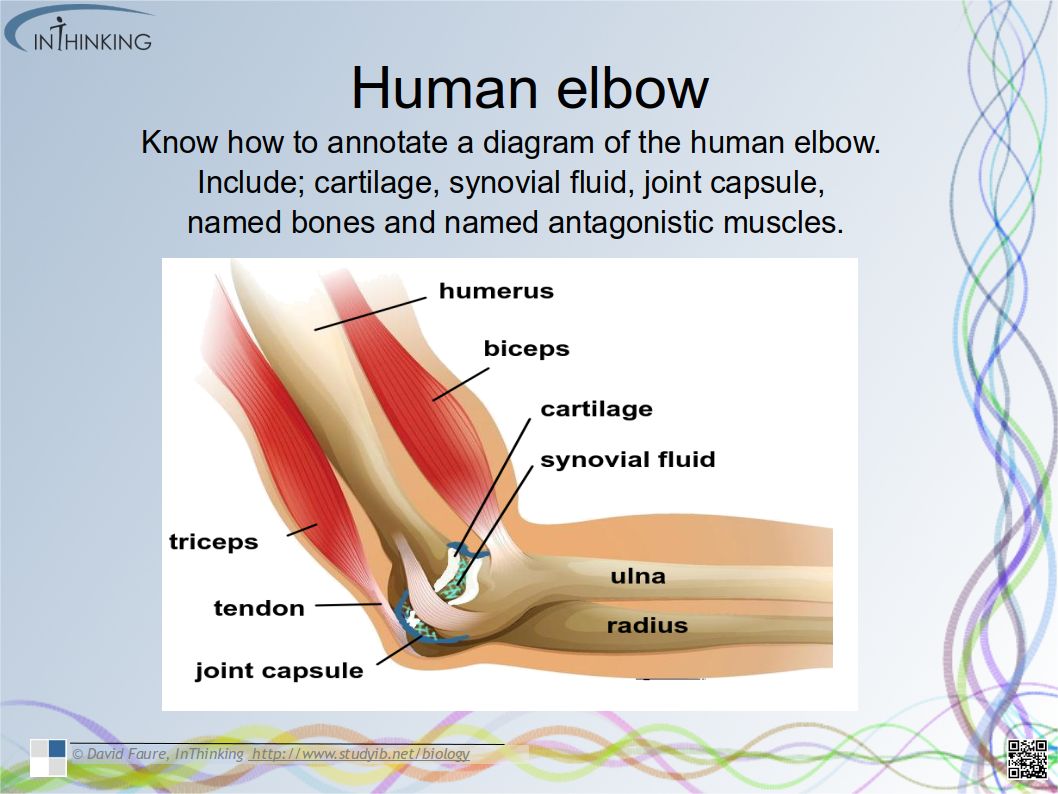

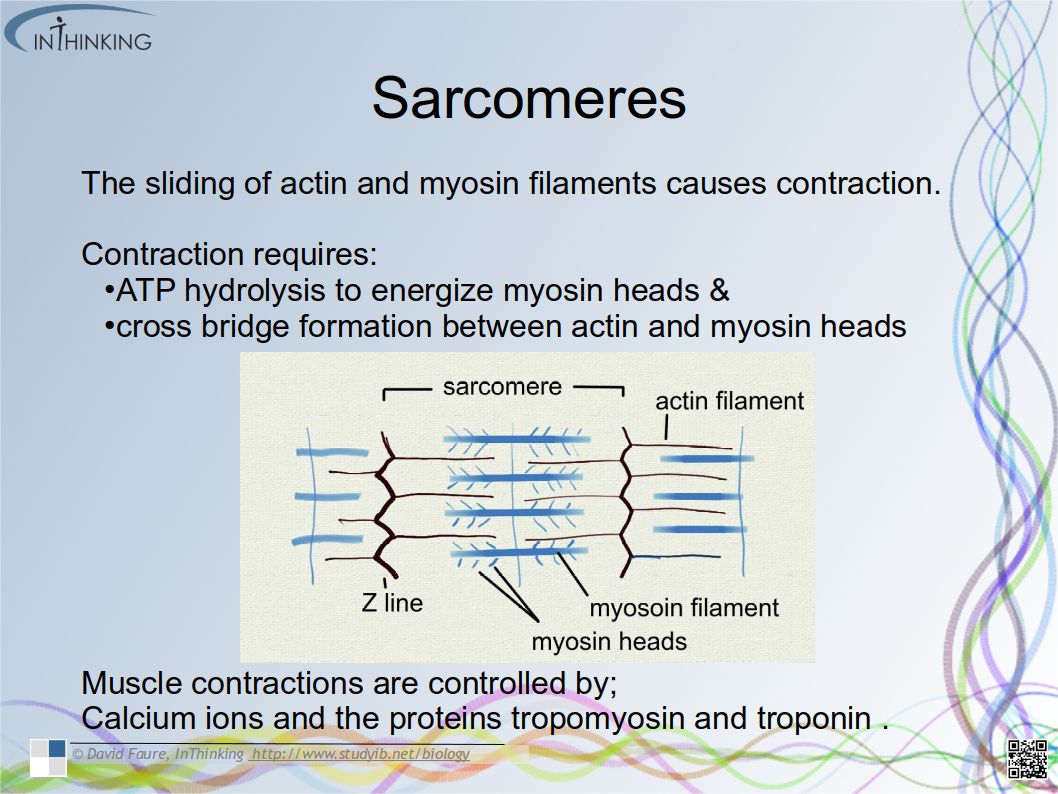

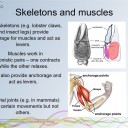
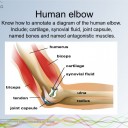

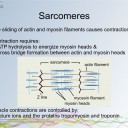

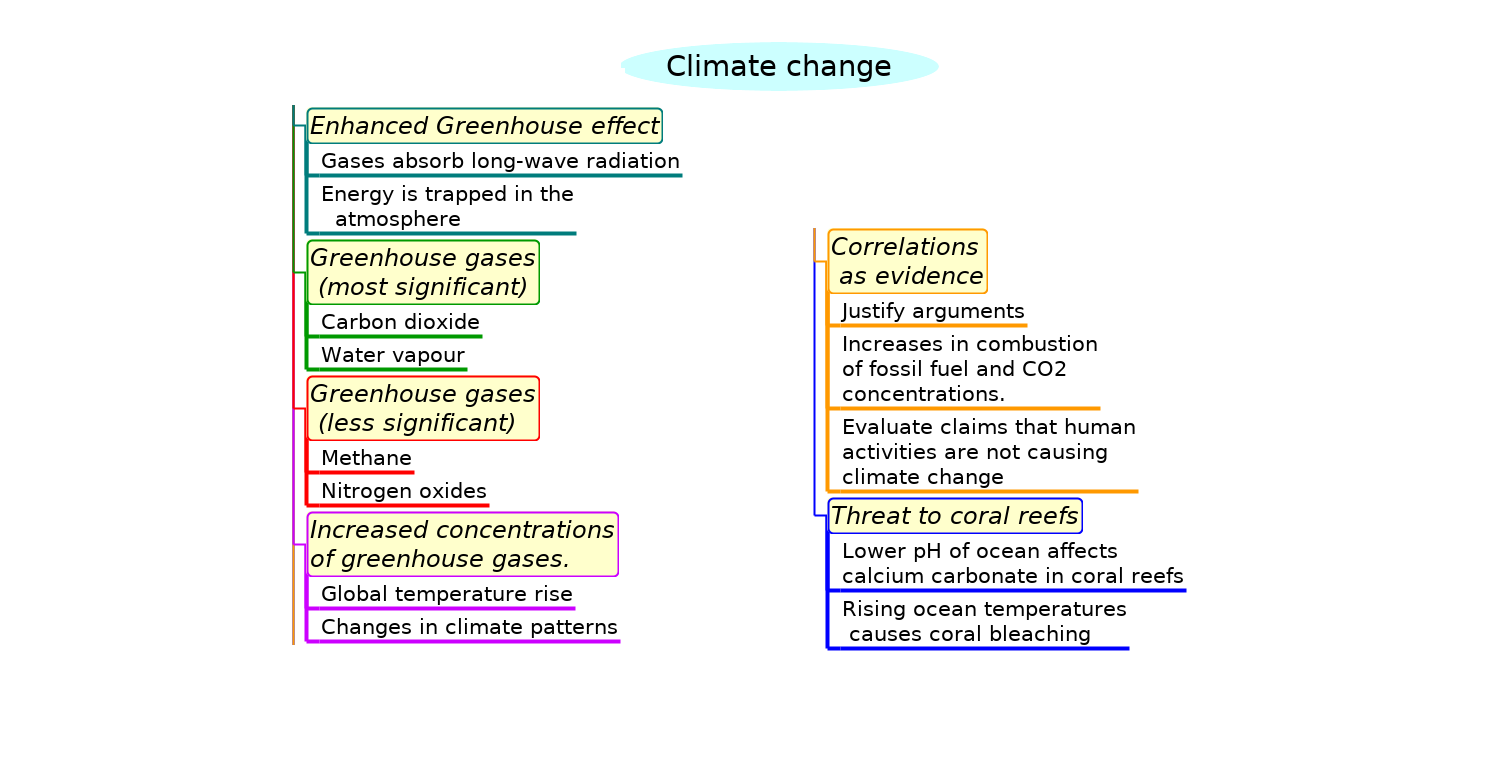


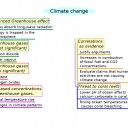

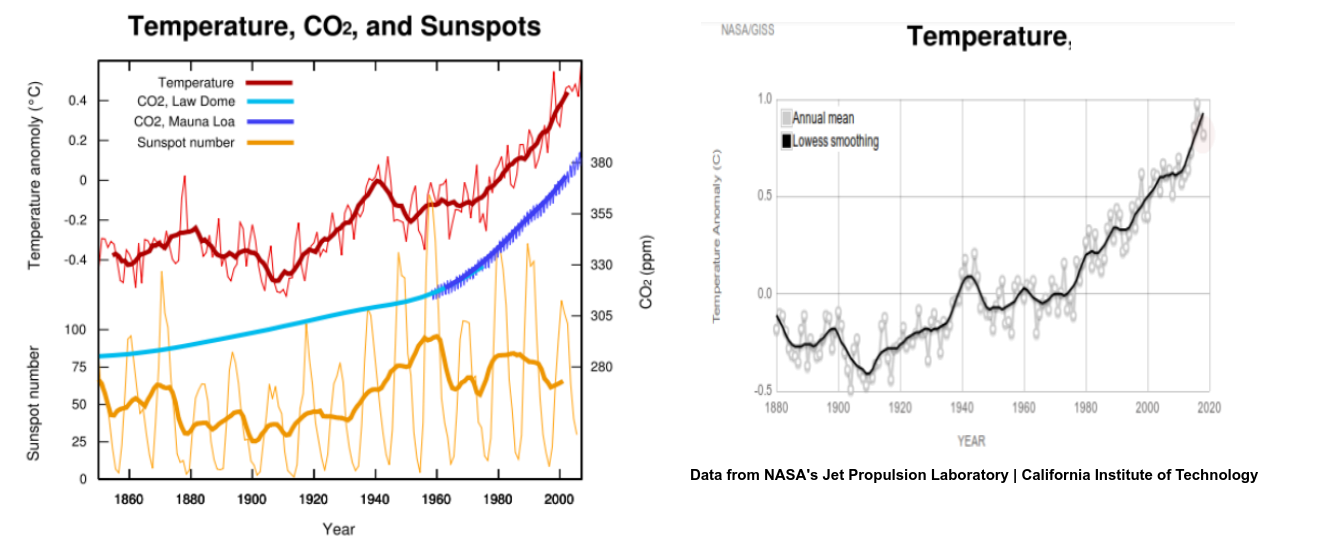
 Twitter
Twitter  Facebook
Facebook  LinkedIn
LinkedIn